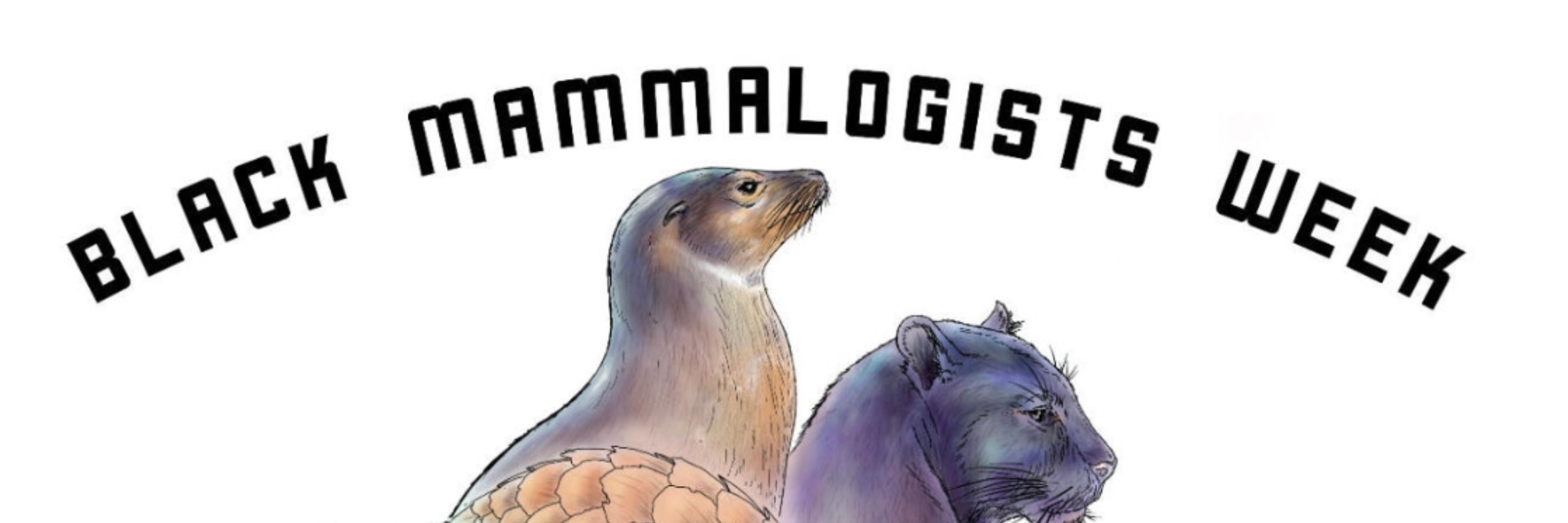
Real Scientists
@realscientists.bsky.social
Real Science, from Real Scientists and other STEAMM Professsionals. Migrating from the other place.
This week: BlackMammalogists Week with @blackmammalogists.bsky.social https://blackmammalogists.com/
This week: BlackMammalogists Week with @blackmammalogists.bsky.social https://blackmammalogists.com/
However, ranger-collected data can be unreliable due to patrol bias, leading to inaccurate models. 🤔
Collaborations between rangers and spatial modelers can help correct this bias and create more accurate maps.🗺️
www.sciencedirect.com/science/arti...
Collaborations between rangers and spatial modelers can help correct this bias and create more accurate maps.🗺️
www.sciencedirect.com/science/arti...
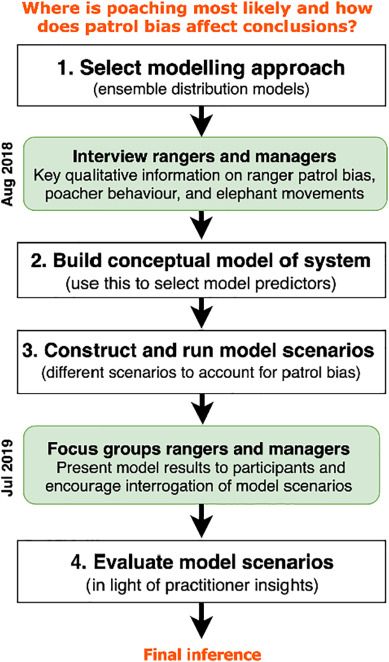
September 22, 2024 at 4:30 AM
However, ranger-collected data can be unreliable due to patrol bias, leading to inaccurate models. 🤔
Collaborations between rangers and spatial modelers can help correct this bias and create more accurate maps.🗺️
www.sciencedirect.com/science/arti...
Collaborations between rangers and spatial modelers can help correct this bias and create more accurate maps.🗺️
www.sciencedirect.com/science/arti...
Moving to poaching - it’s still a challenge in many landscapes, particularly in Africa.
Its encouraging that spatial models built using ranger-collected and remote sensing data can help predict the drivers and distribution of elephant poaching. 🐘📊
Its encouraging that spatial models built using ranger-collected and remote sensing data can help predict the drivers and distribution of elephant poaching. 🐘📊
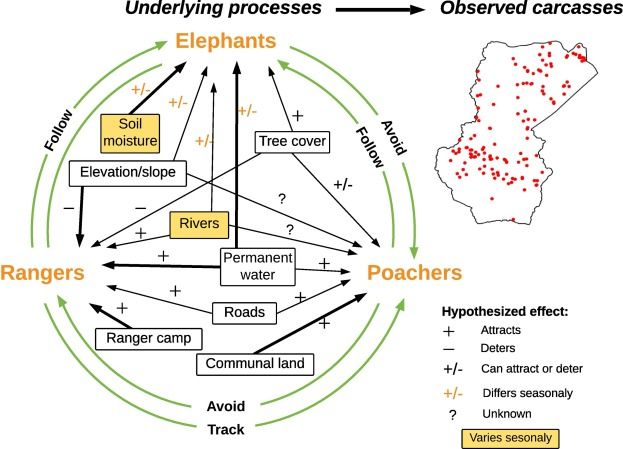
September 22, 2024 at 4:27 AM
Moving to poaching - it’s still a challenge in many landscapes, particularly in Africa.
Its encouraging that spatial models built using ranger-collected and remote sensing data can help predict the drivers and distribution of elephant poaching. 🐘📊
Its encouraging that spatial models built using ranger-collected and remote sensing data can help predict the drivers and distribution of elephant poaching. 🐘📊
Co-creating connectivity maps with communities in elephant🐘- inhabited landscapes showed how Indigenous knowledge 🌍 complements geospatial analysis 🛰️ for validating elephant corridors in data-limited areas.
Community voices 🗣️ are key to tackling habitat fragmentation! 🌱
Community voices 🗣️ are key to tackling habitat fragmentation! 🌱
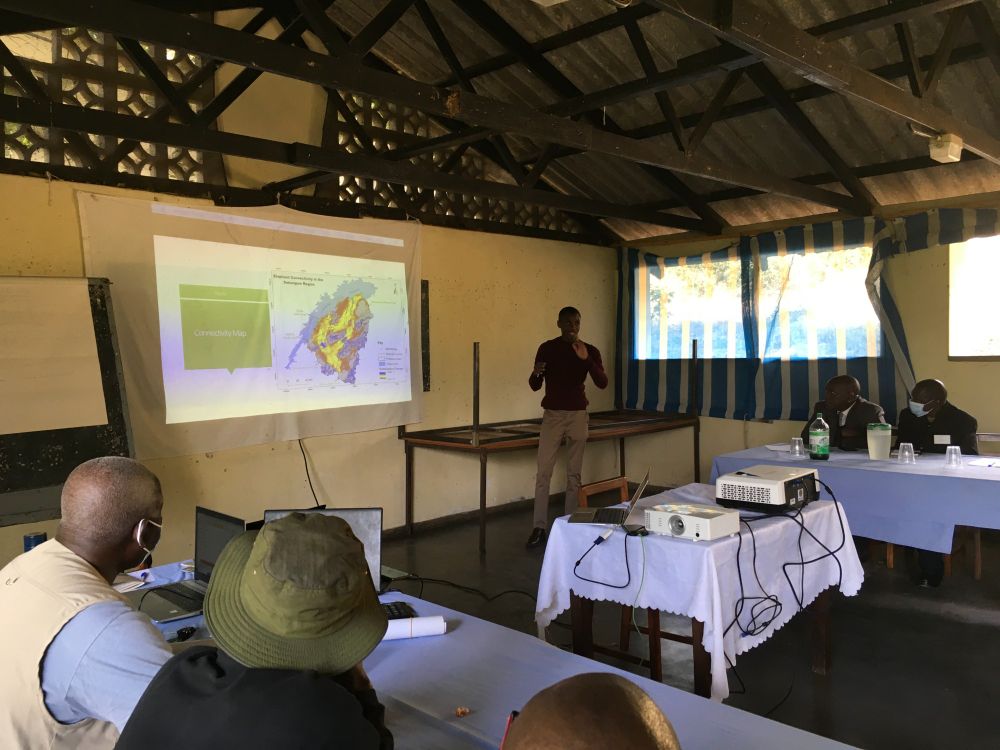
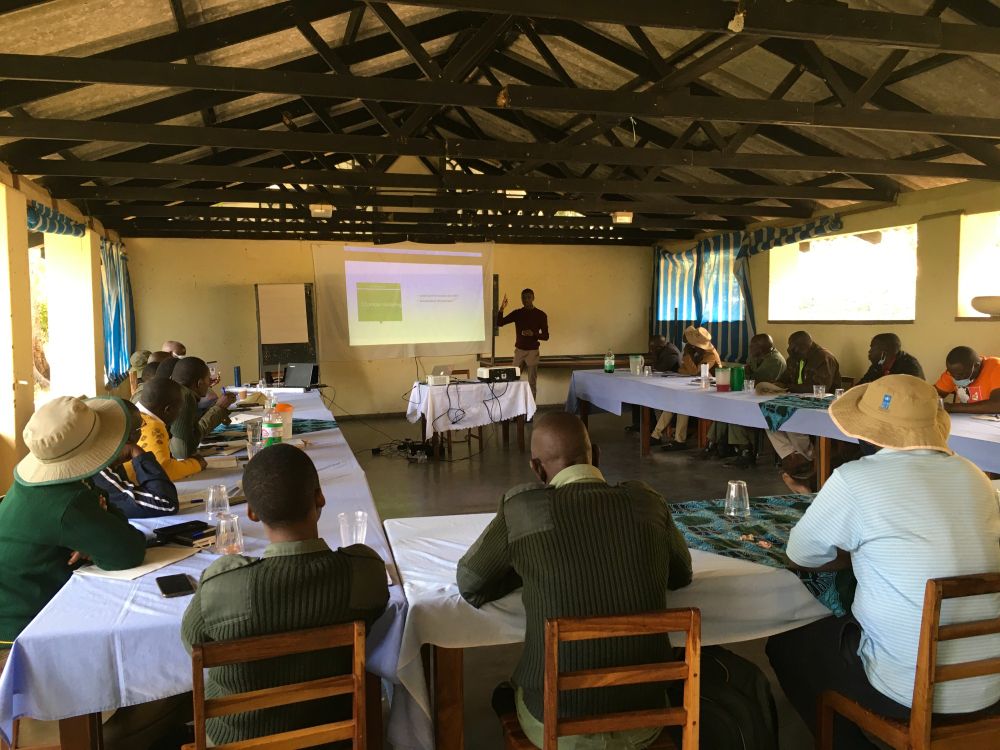
September 22, 2024 at 4:25 AM
Co-creating connectivity maps with communities in elephant🐘- inhabited landscapes showed how Indigenous knowledge 🌍 complements geospatial analysis 🛰️ for validating elephant corridors in data-limited areas.
Community voices 🗣️ are key to tackling habitat fragmentation! 🌱
Community voices 🗣️ are key to tackling habitat fragmentation! 🌱
2) Most potential pathways for anthropogenic expansion cut across potential wildlife dispersal areas between protected areas. www.mdpi.com/2673-7418/2/...

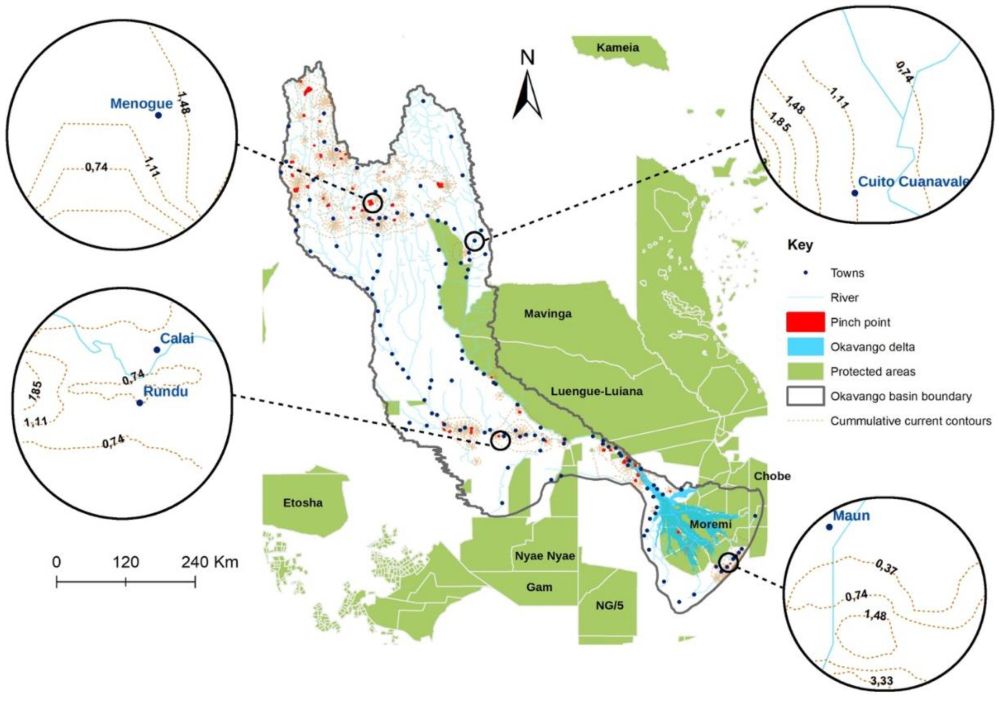
September 22, 2024 at 4:23 AM
2) Most potential pathways for anthropogenic expansion cut across potential wildlife dispersal areas between protected areas. www.mdpi.com/2673-7418/2/...
Our findings revealed that:
1) Human activities are encroaching on natural landscapes. 📉
www.sciencedirect.com/science/arti...
1) Human activities are encroaching on natural landscapes. 📉
www.sciencedirect.com/science/arti...
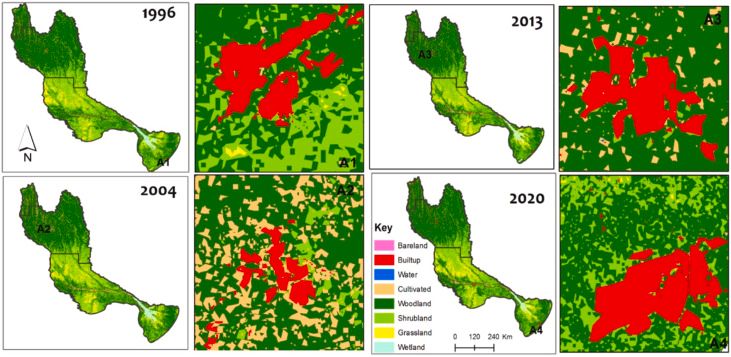
September 22, 2024 at 4:22 AM
Our findings revealed that:
1) Human activities are encroaching on natural landscapes. 📉
www.sciencedirect.com/science/arti...
1) Human activities are encroaching on natural landscapes. 📉
www.sciencedirect.com/science/arti...
Our findings revealed that:
1) Human activities are encroaching on natural landscapes. 📉:https://www.sciencedirect.com/science/article/pii/S240584402309970X
1) Human activities are encroaching on natural landscapes. 📉:https://www.sciencedirect.com/science/article/pii/S240584402309970X

September 22, 2024 at 4:17 AM
Our findings revealed that:
1) Human activities are encroaching on natural landscapes. 📉:https://www.sciencedirect.com/science/article/pii/S240584402309970X
1) Human activities are encroaching on natural landscapes. 📉:https://www.sciencedirect.com/science/article/pii/S240584402309970X
In recent years, I've worked with various mammal species in #Africa, including hippos, buffaloes, hyenas, and elephants. Today, however, I will focus on my research concerning the endangered African Savanna Elephant #Loxodontaafricana.
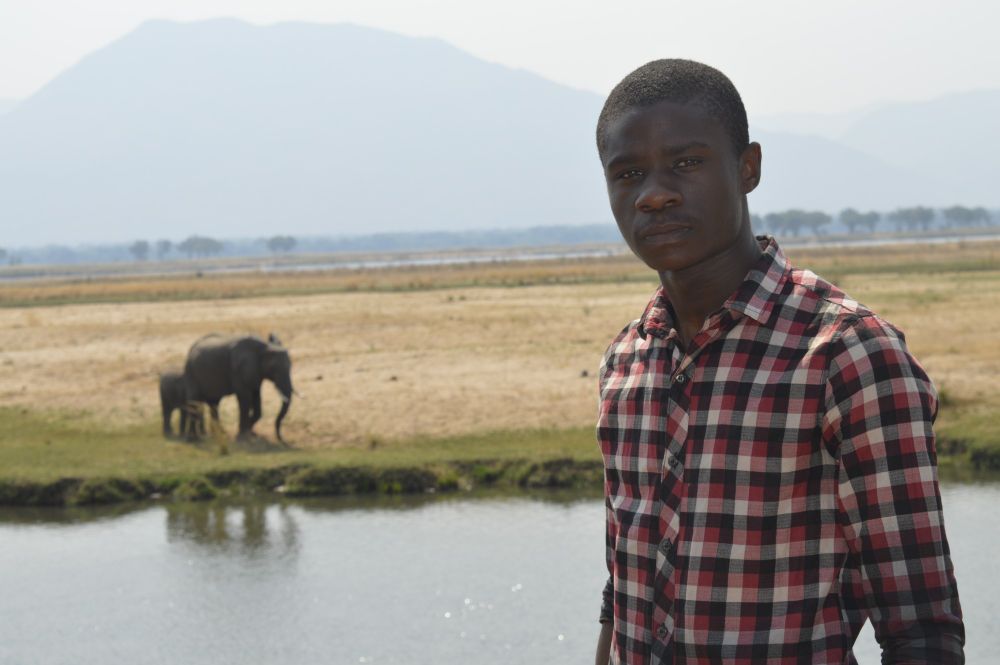
September 21, 2024 at 6:35 PM
In recent years, I've worked with various mammal species in #Africa, including hippos, buffaloes, hyenas, and elephants. Today, however, I will focus on my research concerning the endangered African Savanna Elephant #Loxodontaafricana.
Good morning! I’m Blessing Kavhu (@BleKavhu), and I’m excited to take over today for BlackMammalogists (@blackmammalogists.bsky.social) Join me as I dive into my work on mammals, with a focus on geospatial analysis. Currently, I'm a postdoc at #UCSC , and I can't wait to share my journey with you!
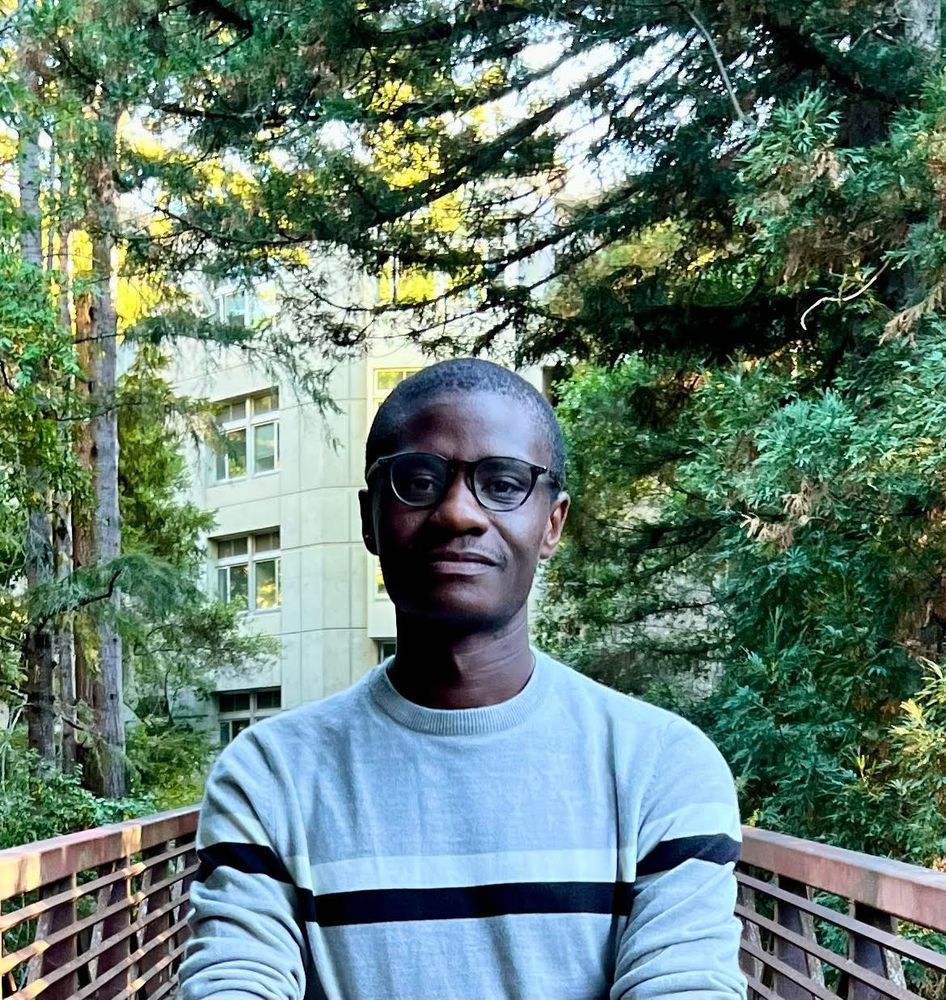
September 21, 2024 at 6:22 PM
Good morning! I’m Blessing Kavhu (@BleKavhu), and I’m excited to take over today for BlackMammalogists (@blackmammalogists.bsky.social) Join me as I dive into my work on mammals, with a focus on geospatial analysis. Currently, I'm a postdoc at #UCSC , and I can't wait to share my journey with you!
I cultured A LOT of bacteria this summer.
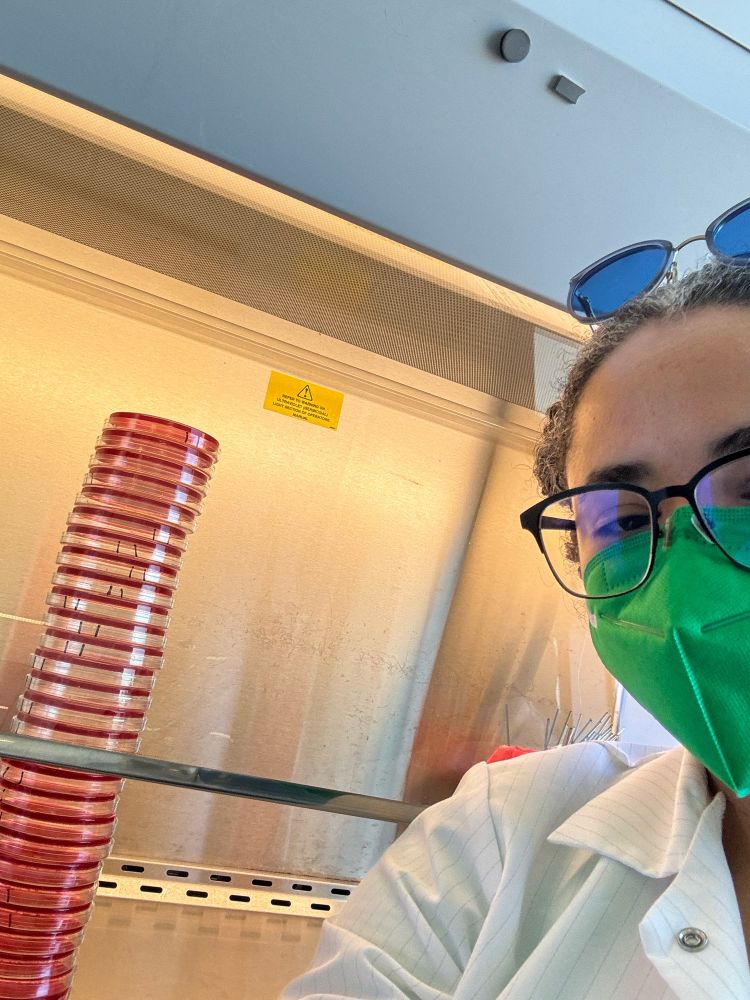
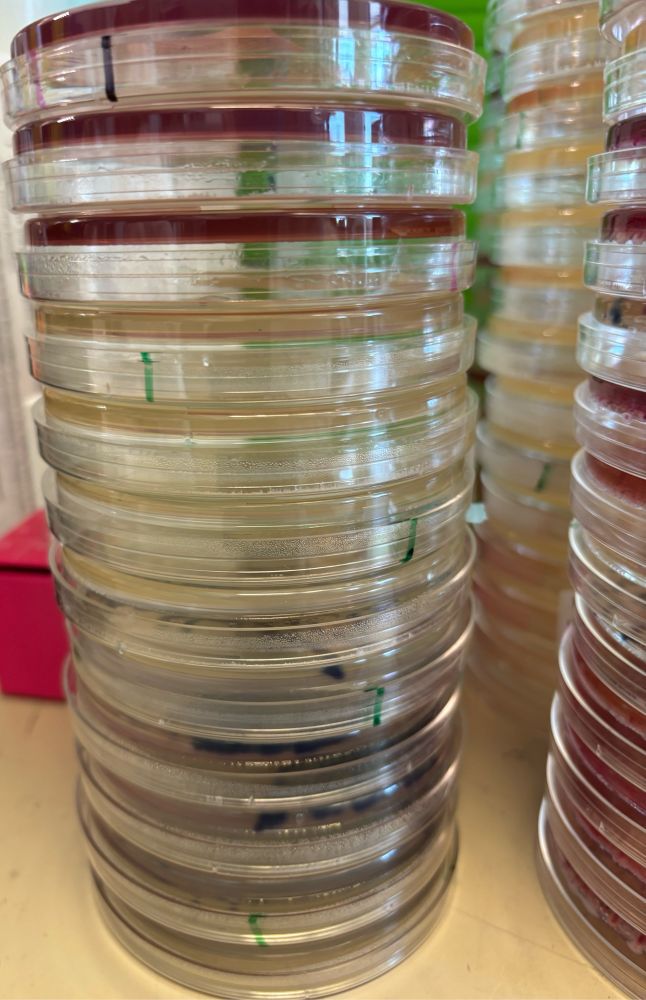

September 20, 2024 at 8:53 PM
I cultured A LOT of bacteria this summer.
The desert and rodents are now permanently etched into my heart. The desert is a rich, unique ecosystem in need of your support and protection. It’s home to many beautiful and strange species.
Warning: non-mammals mentioned
Warning: non-mammals mentioned
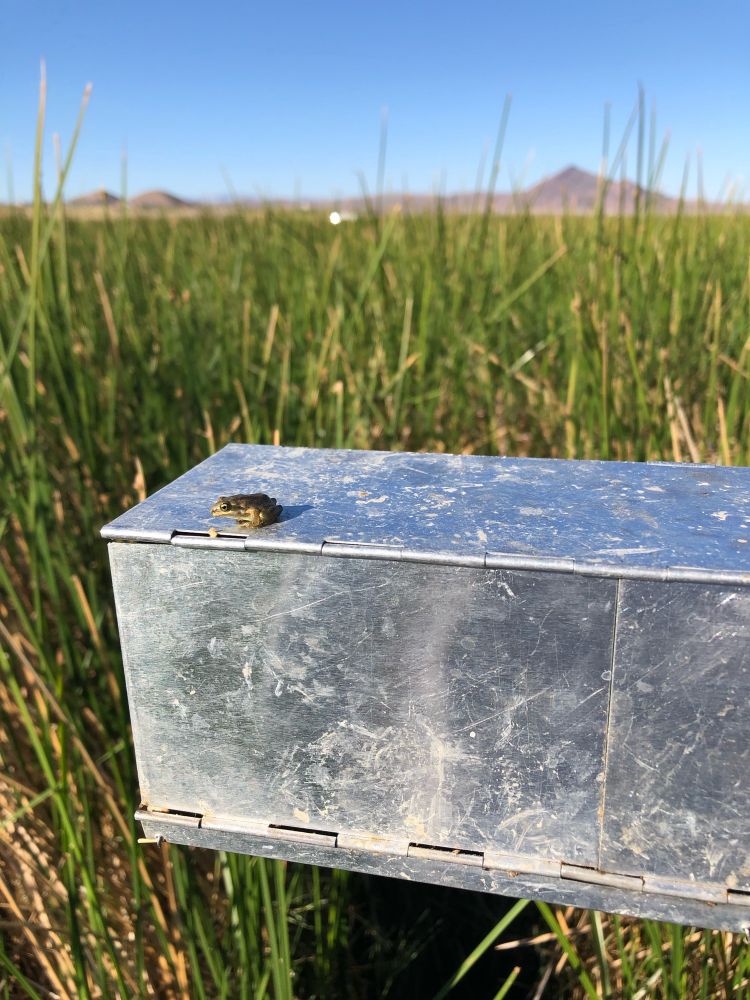
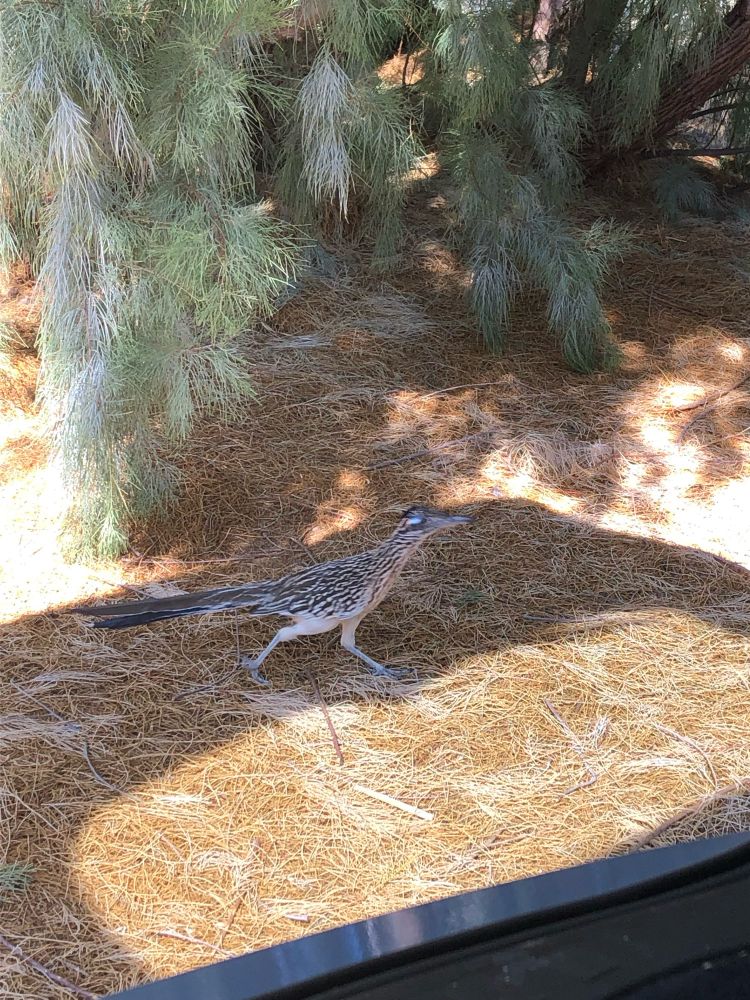

September 20, 2024 at 8:31 PM
The desert and rodents are now permanently etched into my heart. The desert is a rich, unique ecosystem in need of your support and protection. It’s home to many beautiful and strange species.
Warning: non-mammals mentioned
Warning: non-mammals mentioned
After many dissections, hours at the microscope, and more gel electrophoresis than one could hope to do in 3 months, I wrapped up my thesis.
Once I publish, I’ll let y’all know the species I found 😉
Once I publish, I’ll let y’all know the species I found 😉
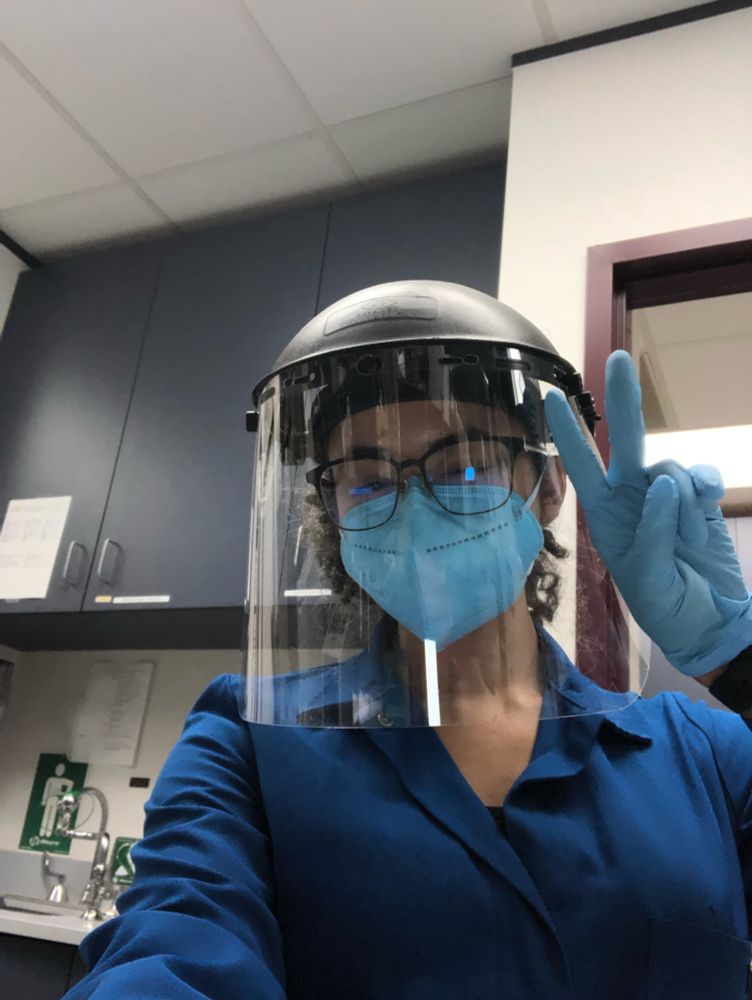
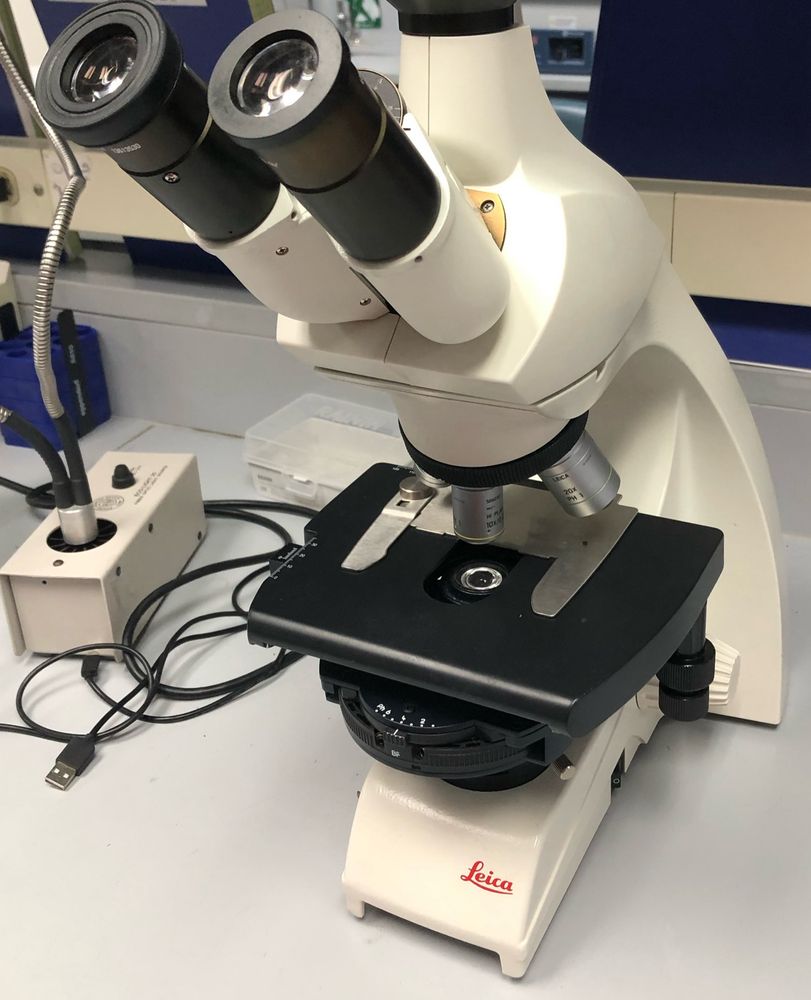
September 20, 2024 at 8:07 PM
After many dissections, hours at the microscope, and more gel electrophoresis than one could hope to do in 3 months, I wrapped up my thesis.
Once I publish, I’ll let y’all know the species I found 😉
Once I publish, I’ll let y’all know the species I found 😉
Amargosa voles create little nests for their pups. Uniquely, both parents provide care! They shred dry bulrush to create soft nesting material. This creates insulation and helps break down the bulrush that dies annually, allowing its nutrients to return to the soil.

September 20, 2024 at 6:16 PM
Amargosa voles create little nests for their pups. Uniquely, both parents provide care! They shred dry bulrush to create soft nesting material. This creates insulation and helps break down the bulrush that dies annually, allowing its nutrients to return to the soil.
In addition to it being incredibly cute, Amargosa voles are an important prey source to many predators in the ecosystem: bobcats, coyotes, birds of prey, etc.
They also engage in a process called bioturbation.
They also engage in a process called bioturbation.

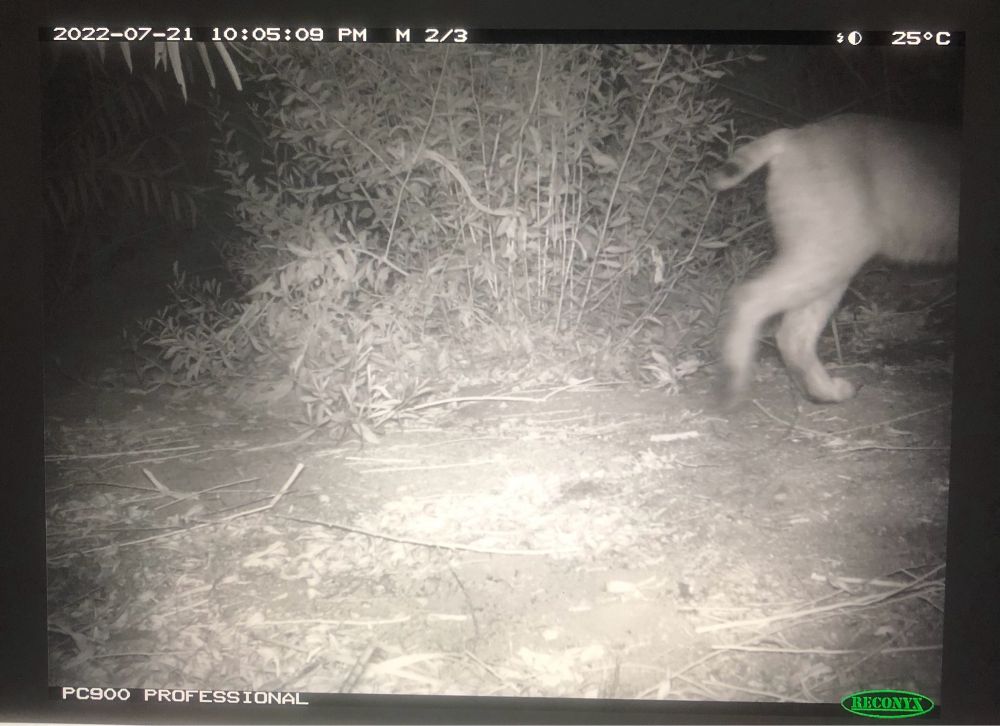
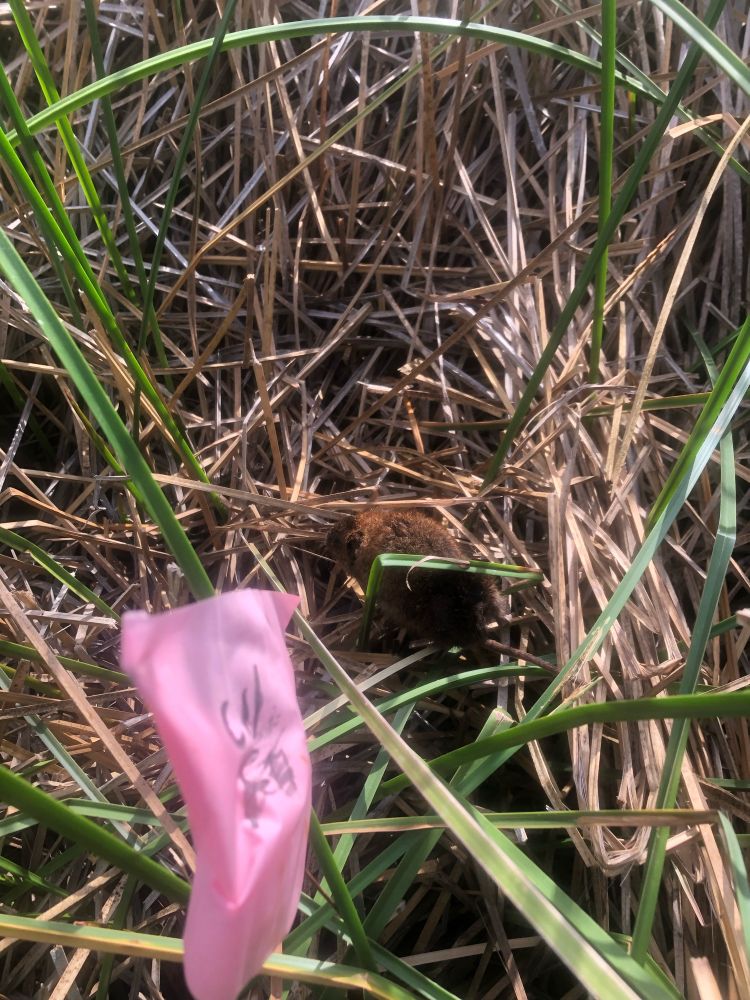
September 20, 2024 at 6:01 PM
In addition to it being incredibly cute, Amargosa voles are an important prey source to many predators in the ecosystem: bobcats, coyotes, birds of prey, etc.
They also engage in a process called bioturbation.
They also engage in a process called bioturbation.
Though all contribute, the main driver for Amargosa vole decline is habitat loss and degradation.
These voles live in gorgeous wetlands…in the Mojave desert. Redirection of water for human uses stresses the wetland system and can cause collapse of the delicate habitat.
These voles live in gorgeous wetlands…in the Mojave desert. Redirection of water for human uses stresses the wetland system and can cause collapse of the delicate habitat.




September 20, 2024 at 5:31 PM
Though all contribute, the main driver for Amargosa vole decline is habitat loss and degradation.
These voles live in gorgeous wetlands…in the Mojave desert. Redirection of water for human uses stresses the wetland system and can cause collapse of the delicate habitat.
These voles live in gorgeous wetlands…in the Mojave desert. Redirection of water for human uses stresses the wetland system and can cause collapse of the delicate habitat.
Over the last 5 years, I’ve worked with 3 main mammals: Amargosa voles, house mice, and feral swine.
Today, they are our main characters. First up: Amargosa voles.
Today, they are our main characters. First up: Amargosa voles.

September 20, 2024 at 4:14 PM
Over the last 5 years, I’ve worked with 3 main mammals: Amargosa voles, house mice, and feral swine.
Today, they are our main characters. First up: Amargosa voles.
Today, they are our main characters. First up: Amargosa voles.
Happy Friday science lovers! I’m Mia (@Science_Miathod on Twitter) and I’ll be your host for today.
I’m a first-year PhD student at UC Davis and just finished my MSc in Ecology. My specialty is disease ecology and conservation. Come learn about disease, deserts, and more!
I’m a first-year PhD student at UC Davis and just finished my MSc in Ecology. My specialty is disease ecology and conservation. Come learn about disease, deserts, and more!
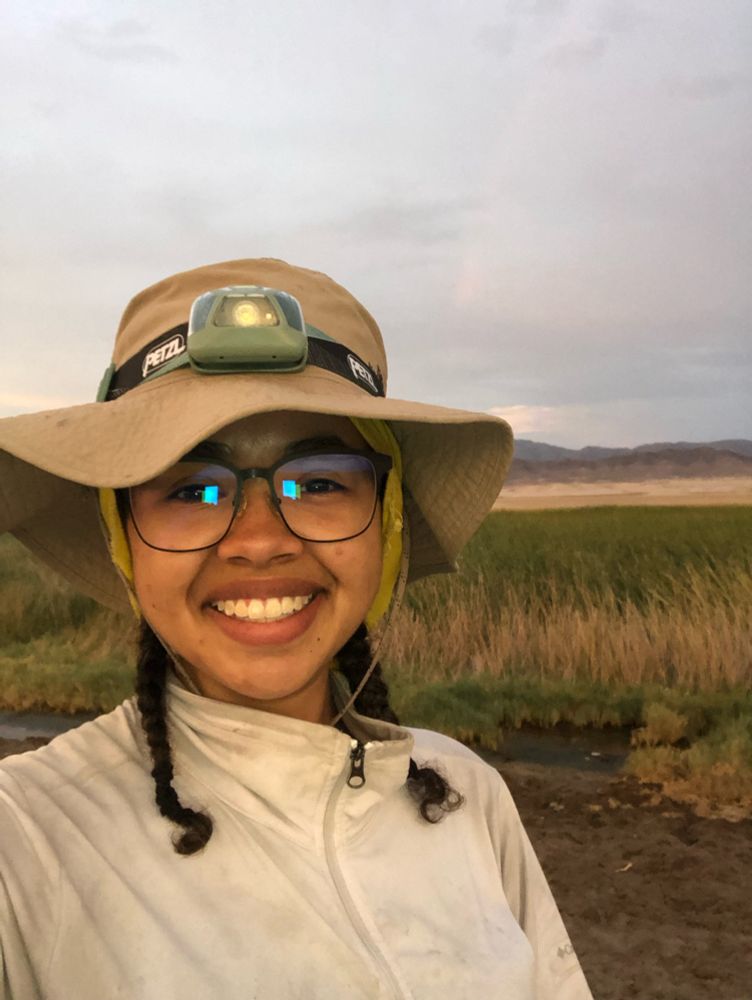
September 20, 2024 at 4:12 PM
Happy Friday science lovers! I’m Mia (@Science_Miathod on Twitter) and I’ll be your host for today.
I’m a first-year PhD student at UC Davis and just finished my MSc in Ecology. My specialty is disease ecology and conservation. Come learn about disease, deserts, and more!
I’m a first-year PhD student at UC Davis and just finished my MSc in Ecology. My specialty is disease ecology and conservation. Come learn about disease, deserts, and more!
Be sure to tune in to the rest of #BlackMammalogists Week! We've got a great panel tomorrow diving into "Resilient Mammals" and the resilient scientists who study them! Register here: tinyurl.com/BMW2024Resil...

September 20, 2024 at 12:38 AM
Be sure to tune in to the rest of #BlackMammalogists Week! We've got a great panel tomorrow diving into "Resilient Mammals" and the resilient scientists who study them! Register here: tinyurl.com/BMW2024Resil...
When I'm not in the field, I'm usually on my laptop writing or running some type of code. I grew up really being afraid of math and stats, but I've come to embrace the creative side that comes with coding and modeling. Here's some running code and I running late to a meeting : )

September 20, 2024 at 12:30 AM
When I'm not in the field, I'm usually on my laptop writing or running some type of code. I grew up really being afraid of math and stats, but I've come to embrace the creative side that comes with coding and modeling. Here's some running code and I running late to a meeting : )
We can also use acoustic monitors to leverage sound like ultrasonic calls by bats to understand how their habitat preferences change after fires as well! Bat species' search calls have unique species-specific characteristics that can be used to ID them! 🦇

September 19, 2024 at 9:12 PM
We can also use acoustic monitors to leverage sound like ultrasonic calls by bats to understand how their habitat preferences change after fires as well! Bat species' search calls have unique species-specific characteristics that can be used to ID them! 🦇
To understand the benefits and threats associated with fire I use biodiversity monitoring tools like camera traps!
Cameras are a fun and intuitive way to understand how mammals respond to fire over time.
Anyone remember Pokemon Snap? haha #gottacatchthemall
Cameras are a fun and intuitive way to understand how mammals respond to fire over time.
Anyone remember Pokemon Snap? haha #gottacatchthemall




September 19, 2024 at 9:07 PM
To understand the benefits and threats associated with fire I use biodiversity monitoring tools like camera traps!
Cameras are a fun and intuitive way to understand how mammals respond to fire over time.
Anyone remember Pokemon Snap? haha #gottacatchthemall
Cameras are a fun and intuitive way to understand how mammals respond to fire over time.
Anyone remember Pokemon Snap? haha #gottacatchthemall
It's been a real privilege to work with and learn about the diverse ecosystems, wildlife and people throughout California! People and fire have shaped California's landscapes for thousands of years, and fire remains a critical component of many of California ecosystems.


September 19, 2024 at 5:19 PM
It's been a real privilege to work with and learn about the diverse ecosystems, wildlife and people throughout California! People and fire have shaped California's landscapes for thousands of years, and fire remains a critical component of many of California ecosystems.
Hi! My name is Kendall Calhoun and I'll be sharing a bit about my work today for today's #BlackMammalogists takeover!
I'm currently a postdoc at UC Davis and UCLA studying the effects of fire on mammal species across California! 🔥🐻🦌🦇
I'm currently a postdoc at UC Davis and UCLA studying the effects of fire on mammal species across California! 🔥🐻🦌🦇

September 19, 2024 at 4:03 PM
Hi! My name is Kendall Calhoun and I'll be sharing a bit about my work today for today's #BlackMammalogists takeover!
I'm currently a postdoc at UC Davis and UCLA studying the effects of fire on mammal species across California! 🔥🐻🦌🦇
I'm currently a postdoc at UC Davis and UCLA studying the effects of fire on mammal species across California! 🔥🐻🦌🦇
What's happenin, friends!
My name is Alexi Grousis, co-host of The 'We Out Here' Podcast (@weouthere.bsky.social) and zoo-based wildlife care specialist here for #BlackMammalogists Week
My name is Alexi Grousis, co-host of The 'We Out Here' Podcast (@weouthere.bsky.social) and zoo-based wildlife care specialist here for #BlackMammalogists Week

September 19, 2024 at 12:09 AM
What's happenin, friends!
My name is Alexi Grousis, co-host of The 'We Out Here' Podcast (@weouthere.bsky.social) and zoo-based wildlife care specialist here for #BlackMammalogists Week
My name is Alexi Grousis, co-host of The 'We Out Here' Podcast (@weouthere.bsky.social) and zoo-based wildlife care specialist here for #BlackMammalogists Week
I hope you all enjoyed our chat with Dr Gumbs! The recording will be available until the end of the week!
Allow me to introduce myself! I'm Rhiannon and I mostly study cervids! What are cervids you ask?! The deer family think caribou, elk and moose! Here's one from my back yard last night!
Allow me to introduce myself! I'm Rhiannon and I mostly study cervids! What are cervids you ask?! The deer family think caribou, elk and moose! Here's one from my back yard last night!

September 17, 2024 at 5:41 PM
I hope you all enjoyed our chat with Dr Gumbs! The recording will be available until the end of the week!
Allow me to introduce myself! I'm Rhiannon and I mostly study cervids! What are cervids you ask?! The deer family think caribou, elk and moose! Here's one from my back yard last night!
Allow me to introduce myself! I'm Rhiannon and I mostly study cervids! What are cervids you ask?! The deer family think caribou, elk and moose! Here's one from my back yard last night!

